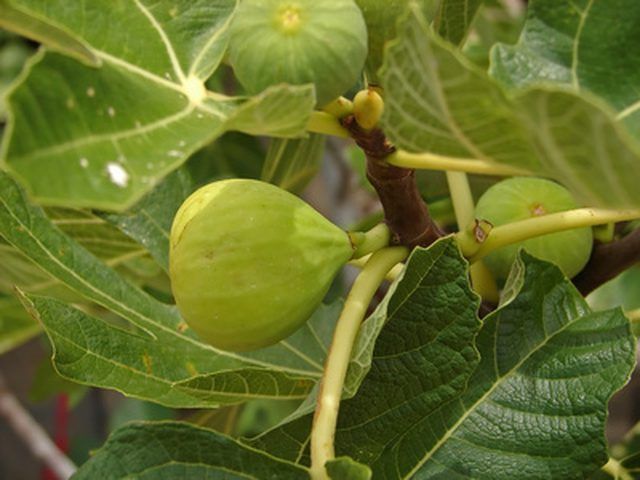Bulbs
Flower Basics
Flower Beds & Specialty Gardens
Flower Garden
Garden Furniture
Garden Gnomes
Garden Seeds
Garden Sheds
Garden Statues
Garden Tools & Supplies
Gardening Basics
Green & Organic
Groundcovers & Vines
Growing Annuals
Growing Basil
Growing Beans
Growing Berries
Growing Blueberries
Growing Cactus
Growing Corn
Growing Cotton
Growing Edibles
Growing Flowers
Growing Garlic
Growing Grapes
Growing Grass
Growing Herbs
Growing Jasmine
Growing Mint
Growing Mushrooms
Orchids
Growing Peanuts
Growing Perennials
Growing Plants
Growing Rosemary
Growing Roses
Growing Strawberries
Growing Sunflowers
Growing Thyme
Growing Tomatoes
Growing Tulips
Growing Vegetables
Herb Basics
Herb Garden
Indoor Growing
Landscaping Basics
Landscaping Patios
Landscaping Plants
Landscaping Shrubs
Landscaping Trees
Landscaping Walks & Pathways
Lawn Basics
Lawn Maintenance
Lawn Mowers
Lawn Ornaments
Lawn Planting
Lawn Tools
Outdoor Growing
Overall Landscape Planning
Pests, Weeds & Problems
Plant Basics
Rock Garden
Rose Garden
Shrubs
Soil
Specialty Gardens
Trees
Vegetable Garden
Yard Maintenance
How Destructive Are Common Fig Tree Roots?
How Destructive Are Common Fig Tree Roots?. Nothing about the common fig tree is small except its fruit. The tree grows to 50 feet in height, and tough, twisting branches extend even wider. Leaves are bigger than adult footprints and roots are extensive, though not aggressively destructive.

Nothing about the common fig tree is small except its fruit. The tree grows to 50 feet in height, and tough, twisting branches extend even wider. Leaves are bigger than adult footprints and roots are extensive, though not aggressively destructive.
Function
A fig tree's root system serves two purposes: to anchor the trunk to the ground and to bring it nutrients. Fig roots extend far beyond the tree canopy, but stay relatively close to the surface of the soil.

Considerations
Plant fig trees in a location with full sun, good drainage and sufficient water. Do not plant anything -- not even grass -- near a young fig, so that its roots have no competition for moisture. The less moisture, the farther the roots will extend in search of it.
Potential Damage
A fig's roots are not aggressive enough to injure masonry, building foundations or pipes. The roots may damage sewer pipe, according to the Alabama Cooperative Extension, and should be kept away from sewers and septic systems.